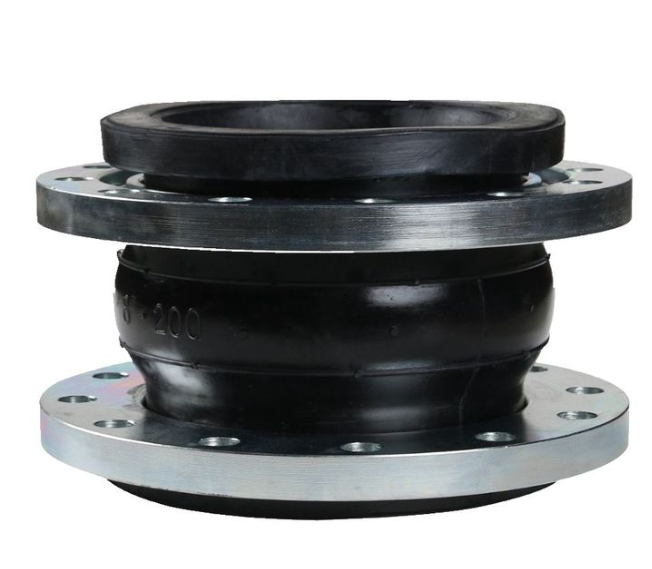Pricing Information for Stainless Steel Butterfly Valves in Various Sizes
Understanding the Price Dynamics of SS Butterfly Valves
When it comes to industrial applications, the selection of the right valve is critical for ensuring efficiency, safety, and reliability. Among the various types of valves available, stainless steel (SS) butterfly valves are particularly favored for their robust performance and versatility. Understanding the price dynamics of SS butterfly valves is essential for engineers, procurement professionals, and business owners looking to optimize their procurement process.
Factors Influencing the Price of SS Butterfly Valves
Several key factors contribute to the pricing of stainless steel butterfly valves. Firstly, the material of construction plays a significant role. Stainless steel, known for its corrosion resistance and durability, tends to be more expensive than other materials like plastic or carbon steel. The specific grade of stainless steel used also impacts the cost; for instance, 304 and 316 stainless steels are commonly used in butterfly valves, with 316 being more resistant to saltwater and chemicals, thus commanding a higher price.
Secondly, the size of the valve directly affects the price. Larger valves require more material and more complex manufacturing processes, making them pricier. Additionally, the design and features of the valve, such as the type of actuator (manual, electric, or pneumatic) and any special coatings or features, can significantly alter the cost. Custom-designed valves, tailored to meet specific operational needs, often come with a premium.
Market Trends and Competitive Pricing
The market for SS butterfly valves has seen fluctuations in pricing due to various economic factors. Supply chain disruptions, changes in manufacturing costs, and raw material prices are all influential. For example, when the price of stainless steel rises due to increased demand or scarcity, end-users will see a corresponding rise in valve prices.
ss butterfly valve price

Furthermore, the geographical location of manufacturers also affects pricing. Manufacturers in regions with lower labor costs may offer more competitive prices, while those in areas with stringent regulatory compliance and higher operational costs may charge more. This geographic pricing strategy can create significant variances in prices for the same product.
The Importance of Quality vs. Price
While it can be tempting to opt for the lowest price when purchasing SS butterfly valves, it is crucial to consider the quality and reliability of the product. Lower-priced valves may not meet the required standards for pressure ratings, durability, or performance. Investing in high-quality valves from reputable manufacturers often results in lower long-term costs due to reduced maintenance, fewer failures, and increased lifespan.
Moreover, purchasing from established suppliers can provide added benefits, such as better customer service, warranty options, and technical support. Thus, while price is an important consideration, it should not be the sole determinant in the purchasing decision.
Conclusion
In conclusion, the pricing of stainless steel butterfly valves is influenced by multiple factors, including material grade, size, design features, market trends, and manufacturing locations. Understanding these dynamics is essential for making informed purchasing decisions. While it is vital to remain budget-conscious, prioritizing quality and supplier reliability can lead to better overall value and performance in the long run. As industries continue to evolve and demand for efficient flow control solutions grows, staying updated on prices and market changes will be key for all stakeholders involved.
-
Breakthrough in Domestic Low Temperature Valve Technology in ChinaNewsAug.18,2025
-
From Machinery to Intelligent Brain: The Digital Transformation Wave of the Valve IndustryNewsAug.18,2025
-
PCVEXPO 2025NewsAug.18,2025
-
The Key to Fluid Control: Exploring the Advantages of Ball Valves in Industrial SystemsNewsJul.09,2025
-
The Versatile World of 1, 2, and 3 Piece Ball ValvesNewsJul.09,2025
-
Stainless Steel Ball Valves: The Ideal Choice for Efficient Flow ControlNewsJul.09,2025
-
Optimizing Fluid Control with Ball Float ValvesNewsJul.09,2025




